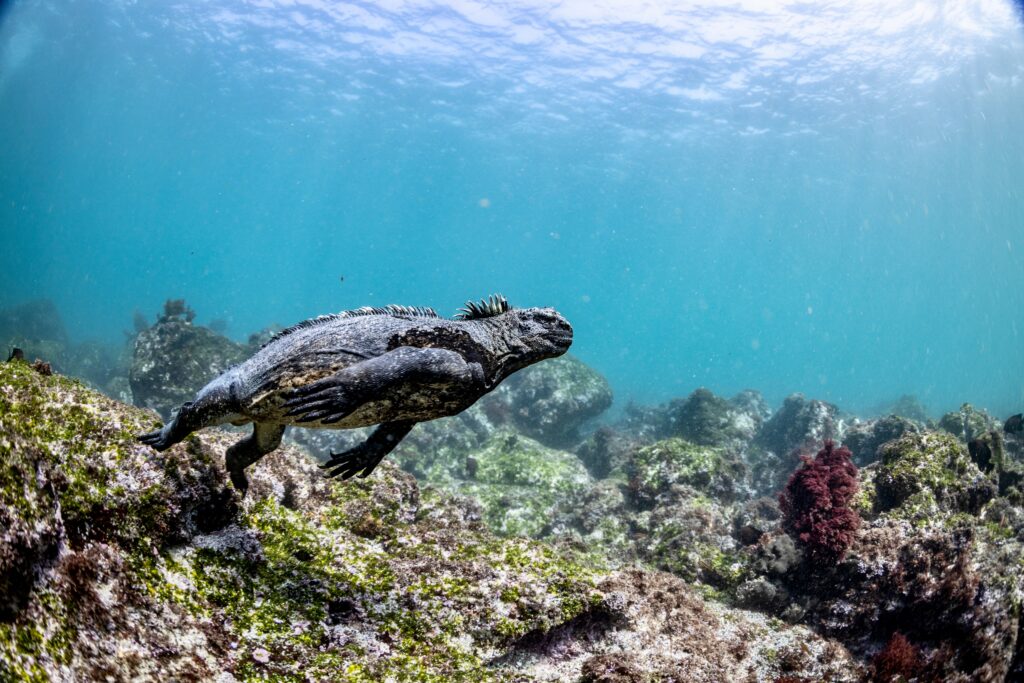Protecting our oceans from pollution
The Importance of “Particularly Sensitive Sea Areas

Donate Now!
Your contribution will benefit Friends of the Earth.
Stay Informed
Thanks for your interest in Friends of the Earth. You can find information about us and get in touch the following ways:
by Rachel Williams, Oceans and Vessels Stanback Fellow
On land, environmental protection is usually well-defined. Parks and reserves have clear boundaries, and it’s easy to tell which places are regulated. But how does protection work in the ocean, where the free-flowing nature of the sea makes boundaries between countries and locations less defined? You can’t just fence off part of the ocean and call it a day.
This challenge has led to a push for new solutions to keep marine environments safe, especially as the world is facing a growing number of pressures from climate change and human activity. The current goals for global conservation are set by the UN’s 30 by 30 pledge. This initiative aims to protect 30% of the earth by the year 2030. As of 2024, 17.8% of land and 8.4% of oceans are protected. Experts hope to triple marine protections by 2030 to distribute conservation more equally between land and sea.
The main tool being used to increase marine protections is establishment of Marine Protected Areas (MPAs), which are designated by national governments. However, another less talked-about program is working to create protections that can extend beyond national waters. Particularly Sensitive Sea Areas (PSSAs) are established by the International Maritime Organization (IMO) and their global representatives. They are an effective but underutilized way to enforce shipping regulations in vulnerable areas.

What is a PSSA, and why are they important?
In the early 1990s the International Maritime Organization (IMO) established the PSSA program to define vulnerable marine areas that could benefit from global protection. Unlike MPAs, PSSAs can protect areas in the high seas that go across country boundaries. Shipping is a threat to vulnerable areas for many reasons, including the following:
- Wastewater pollution
- Physical damage (Groundings, trawling, etc.)
- Oil spills
- Noise pollution
Without regulation, there is little incentive for shipping routes to avoid these areas or keep pollution within allowable limits.
How are PSSAs Established?
To establish a PSSA, countries need to submit an application to the IMO. The proposed area must have proof of being socially, ecologically, or economically valuable. It also has to be at risk of direct shipping pressures. Once the application is submitted, it is reviewed by IMO specialists to see if it meets the criteria.
In addition to passing this step, the applying country must demonstrate a willingness to enforce any new regulations. This is done with Associated Protective Measures, which are additional steps taken by the applicant to protect their waters. This can include emissions restrictions, ship routing and reporting systems, and legal protections.
After the application and protective measures are accepted, PSSAs can be designated on a global scale. The lengthy approval process is an obstacle to creating PSSAs, especially in developing countries that might not have the time or resources needed for it.
Current PSSAs
Since the program was created, only 15 PSSAs have been established. This includes large and notable places like the Great Barrier Reef or Galapagos, and a small number of lesser-known areas in developing countries. To make better use of this program, expansion and changes in implementation are needed.
With the current distribution of PSSAs, over a third of the PSSAs are in Europe while regions like Africa, the South Pacific, and Asia have little to no coverage. This leaves these biodiverse areas more vulnerable to human activity. As marine ecosystems are under growing pressure from climate change, development, and increased shipping, strengthening PSSA protections is more important than ever.
Conclusion
Strengthening the PSSA program could involve expanding to less represented areas, making the measure more accessible to all countries, and putting more protective measures into each designation. Areas such as the Humboldt Archipelago, Nazca Ridge, and the Seychelles are good candidates due to their high biodiversity and importance. Providing additional support and funding for countries and raising awareness of the program is another step that could make a big difference. By increasing the scope and enforcement of PSSAs, the program can become a more meaningful tool for protecting marine ecosystems.
